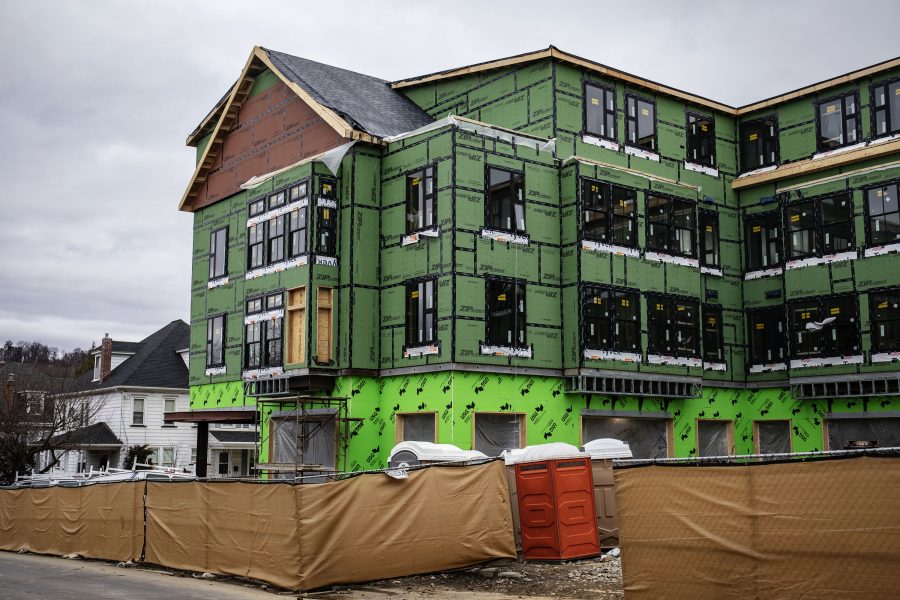Faculty members voted to continue expanding the size of the student body with this past December. The motion was presented by the Ad Hoc Committee on Expansion, a faculty committee that has been monitoring the progress of the college’s growth initiative, along with a recommendation to continue the process.
“There was nothing in the data or the conversations that we had…that indicated that there’s even a budding problem,” professor Rosie Bukics, chair of the committee, said. “The number of students lost, the number of applicants, every possible metric indicates that the status quo [is] appropriate.”
Lafayette is currently in the fourth year of its ten-year growth plan, known formally as the Affordability and Distinction through Growth initiative. One key component of the plan is to increase enrollment by 400 students over the ten years to provide additional revenue for financial aid.
The ad hoc committee was charged with “coordination, oversight, modification of and/or addition to existing metrics governing impacts of size of our student body, according to Clerk of Faculty Robert Root, and to make a recommendations to the faculty to continue, reduce, or stop the expansion process. In December, they advised the faculty to vote to continue.
Enrollment at Lafayette is at an all time high, according to the 2019 strategic direction annual report. The number of enrolled students increased by 48 from 2018, and 2,642 are currently enrolled. While this puts the college slightly above their projected enrollment targets, President Alison Byerly said this is not cause for concern.
“Some years we have been a little above our enrollment target, some years a bit below,” she wrote in an email. “Our overall enrollment is very close to the original projection.”
The increased student population will allow the school to fill the new McCartney Street dorms. The dorms, which will feature suite-style rooms, a sit-down diner and college bookstore, are also part of the expansion efforts and will be open to students in fall 2020.
The expansion has not been without growing pains, however, and the school has worked to address issues as they arose. Last year, the college added an additional serving station in the Marquis dining hall to help shorten the lines during times of heavy traffic. In August 2018, the counseling center added two full-time counselors to their staff, as well as new services like the Coffee with Counselors program series, to accommodate increased student demand.
Vice President for Campus Life Annette Diorio noted that the ad hoc committee is monitoring needs that may fall outside of the growth initiative as well.
“There are things about the student experience that we…keep a pretty close eye on, but we always have and we need to make sure that we’re keeping pace with what students need,” she said. “That may or may not have anything to do with growth, it may just be that what students need is different now.”
“I think we have to be cognizant [that] it doesn’t matter if it’s related to growth or not,” she added. “If [we’re not meeting] what students are presenting as needs, we need to figure out a way to make that happen.”
The committee currently utilizes seven different categories of evaluation and assessment to make their recommendation. These categories include quality of instruction, student retention, quality of students, financial strength, quality of workplace, physical/facilities constraints, and student support services.
Along with the seven categories, or “buckets,” for evaluation, Bukics noted that there is information available to faculty and staff in an online dataset called the strategic dashboard.
“I believe faculty are very interested in how the plan is evolving,” Byerly wrote.
The committee will also continue taking into account the individual services that could be challenged by an increased number of students, including the counseling center, dining services, and career services. Bukics emphasized the fact that the committee is not the only monitor for the expansion process, describing their role as the “monitor of monitors.”
The committee will make its next recommendation in May in preparation for the Board of Trustees meeting.

























































































































